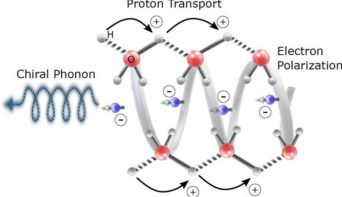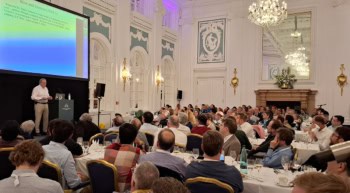The ability of physicists to control single quantum particles, such as individual atoms and photons, has increased greatly in recent years and has allowed many "thought" experiments to be actually performed in the laboratory. Experimental techniques have now advanced to the stage where it is possible to repeatedly observe a single photon without destroying it. In this latest breakthrough physicists at the Ecole Normale Supérieure in Paris used rubidium atoms to observe the photon in a superconducting niobium cavity (Nature 400 239).
Photons are traditionally detected by converting their energy into an electric signal, which destroys the photon in the process. An additional problem in quantum measurements is that if one variable – say the position – is measured accurately, then the consequent uncertainty in another, incompatible variable – the momentum in this example – will mean that future measurements of the position will yield different results. For photons the intensity (or photon number) and the phase are related through the uncertainty principle. Although various so-called quantum non-demolition (QND) measurement schemes have been demonstrated in which the photon intensity can be measured without destroying the photons, these experiments only work for macroscopic photon fluxes. Michel Brune, Jean-Michel Raimond, Serge Haroche and co-workers in Paris have now performed the first QND measurement on a single photon.
The Paris team used lasers to first select rubidium atoms with a very well-defined velocity, and then prepare them in a highly-excited so-called Rydberg state. The atoms were then passed through the niobium cavity, which can store a single microwave photon for up to 1 millisecond. The experiment is designed such that the energy of the microwave photon is the same as the energy difference between two Rydberg in the atom.
If there is no photon in the cavity, nothing happens to the atom. If there is one photon, however, the phase of the wave function describing the atom is changed and this can be measured using interference techniques. These techniques can also detect if the photon is in a quantum superposition of zero-photon and single-photon states. If a second atom is sent through the device, it yields the same result as the first one, showing that a QND measurement has been made. It is not possible to extend the technique to higher numbers of photons but it could be used to make a quantum logic gate.



